Needing help with front yard landscape
asm198 - Zone 6a (MO)
7 years ago
Featured Answer
Comments (35)
Kaillean (zone 8, Vancouver)
7 years agoasm198 - Zone 6a (MO)
7 years agolast modified: 7 years agoRelated Discussions
Seriously need help with front yard landscaping
Comments (2)There are not many plants less demanding than peonies! They are hardy and long-lived. Their bloom time is short, but I find the leaves stay healthy and full, making a nice foil for later blooming plants. They do get powdery mildew late in the season, but that's purely aesthetic and by then it's usually time to cut them down to the ground anyway. (Watering early in the day or keeping irrigation water off the leaves does help deter PM. I have also found Serenade Garden Spray effective against many bacterial and fungal diseases - it's a beneficial bacteria, OMRI-approved, and Bayer has just come out with the same produce under the label "Natria.") Please explain why you feel yours are "messy" and how they look "awful" after flowering....See MoreNeed help for Front Yard Landscaping-Live in Florida
Comments (7)We don't need house only, but show some space around it -- to each side, and the roof . If you back up into the street and take a picture (not too far away) that ought to do it. An alternative method is to stand where you took the second picture, then pivot the camera left and then right (overlapping each picture slightly with the first) so that all pictures can be put together. Imagine if you were picking furniture for a room. If someone showed you a picture of only the wall where the couch would go, you'd be puzzled about whether you needed other chairs, end tables, lamps, pictures, etc. Based on the picture, you'd only know that you needed a couch....See MoreNeed design help for front yard landscape.
Comments (4)Judging by the (not-sunburned in full sun) archonotophoenix in the picture, I'm going to guess that if you're in the US, you're in coastal Southern California or coastal central California. The fence looks very modern. Is the house in keeping with that look also? If this space were mine to work with, I'd grow a bright red colored bougainvillea on the far right (San Diego Red or Purple Robe would really stand out against the white wall) and train it across the top of the fence. Then I'd use terra cotta pots and grow dramatic agaves like Agave attenuata, Agave blue flame or Agave desmettiana Joe Hoak. If my guess was correct and you are in fact in coastal California, the agave will not need irrigation. The bougainvillea might need water once a month once it's established....See MoreNeed help with front yard landscaping
Comments (9)" Nothing should be planted within 6-9 feet of a house foundation." " The tree is too close to the house. It blocks the windows and may be damaging your foundation" I'm not sure where these notions come from - maybe it's just a regional viewpoint - but I think they can be taken with a large grain of salt !! There are no hard and fast rules for this.....just common sense. If your foundation is structurally sound - no cracking, crumbling or settling - then you can plant whatever you want next to it. Plant roots do not damage foundations.....they can only take advantage of those that are compromised already. Ideally, trees close to a structure should be sited so they are at least no closer than one half the distance of the mature canopy spread. And that is more for the tree's benefit than it is for the structure. Smaller shrubs can be planted as close as one likes, provided they too have a enough room to grow without obstruction and are accessible for maintenance to both them and the house. As to the 'tree' in question, it is too far away to be able to determine the type, but based on the maturity of the other plantings, we could assume that it has been there for a while so not overly fast growing. And the perspective of the photo is misleading....it may actually be sited further from the side of the house than it looks. People plant trees in front of windows all the time - they can be a visual privacy screen as well as offering some direct exterior shading - the window it is covering looks like it would bake in the high degree of sunlight showing in that photo. The point of my comments is that for the most part, these are very pesonal landscaping choices, not anything that is dictated by any hard and fast 'rules' either design-wise or horticuturally. To the OP: live in your new house for a few months, see how the landscape affects the interior and make your plans to remove or improve as YOU see fit....See Moremad_gallica (z5 Eastern NY)
7 years agoKaillean (zone 8, Vancouver)
7 years agoYardvaark
7 years agoYardvaark
7 years agolast modified: 7 years agokitasei
7 years agol pinkmountain
7 years agoYardvaark
7 years agol pinkmountain
7 years agolast modified: 7 years agoYardvaark
7 years agol pinkmountain
7 years agolast modified: 7 years agoUser
7 years agol pinkmountain
7 years agokitasei
7 years agoYardvaark
7 years agokitasei
7 years agoYardvaark
7 years agoasm198 - Zone 6a (MO)
7 years agoatmoscat
7 years agol pinkmountain
7 years agolast modified: 7 years agoasm198 - Zone 6a (MO)
7 years agoYardvaark
7 years agoemmarene9
7 years agomayflowers
7 years agolast modified: 7 years agoasm198 - Zone 6a (MO)
7 years agomad_gallica (z5 Eastern NY)
7 years agoYardvaark
7 years agoasm198 - Zone 6a (MO)
7 years agokitasei
7 years agoemmarene9
7 years agoasm198 - Zone 6a (MO)
7 years agoemmarene9
7 years agokitasei
7 years ago
Related Stories

CURB APPEAL7 Questions to Help You Pick the Right Front-Yard Fence
Get over the hurdle of choosing a fence design by considering your needs, your home’s architecture and more
Full Story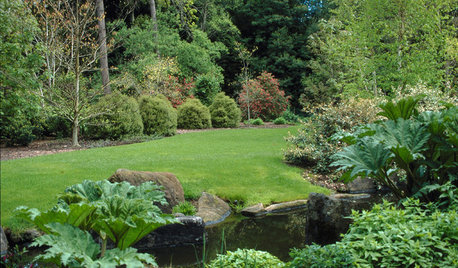
GARDENING GUIDESYou Don't Need Prairie to Help Pollinators
Woodlands, marshes, deserts — pollinators are everywhere
Full Story
GARDENING GUIDES8 Unthirsty Plants Help You Save Water in Style
Spend less effort and money on your landscape with drought-tolerant and native plants that liven up your yard
Full Story
STANDARD MEASUREMENTSThe Right Dimensions for Your Porch
Depth, width, proportion and detailing all contribute to the comfort and functionality of this transitional space
Full Story
HOUSEKEEPINGWhen You Need Real Housekeeping Help
Which is scarier, Lifetime's 'Devious Maids' show or that area behind the toilet? If the toilet wins, you'll need these tips
Full Story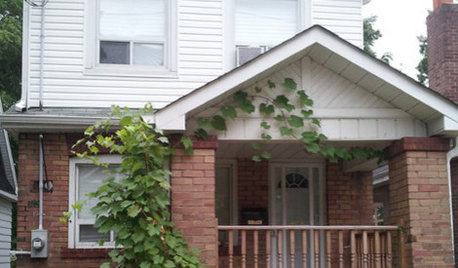
ENTRYWAYSHelp! What Color Should I Paint My Front Door?
We come to the rescue of three Houzzers, offering color palette options for the front door, trim and siding
Full Story
PETS6 Ways to Help Your Dog and Landscape Play Nicely Together
Keep your prized plantings intact and your dog happy too, with this wisdom from an expert gardener and dog guardian
Full Story
WINTER GARDENINGHow to Help Your Trees Weather a Storm
Seeing trees safely through winter storms means choosing the right species, siting them carefully and paying attention during the tempests
Full Story
LANDSCAPE DESIGNHow to Help Your Home Fit Into the Landscape
Use color, texture and shape to create a smooth transition from home to garden
Full Story



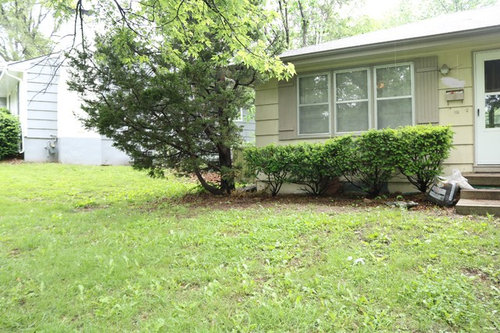
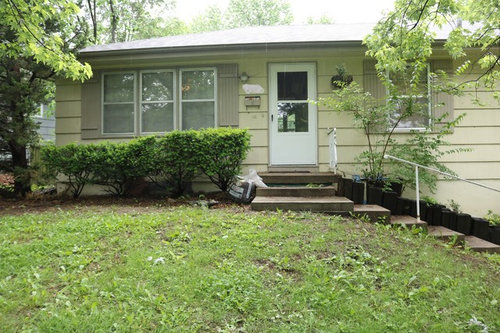
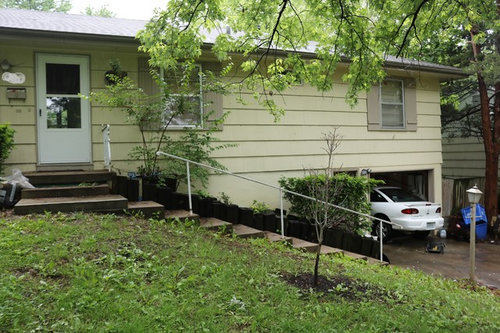
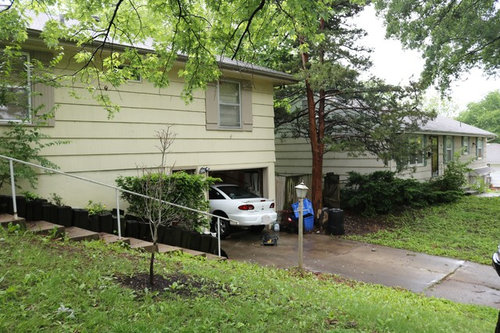
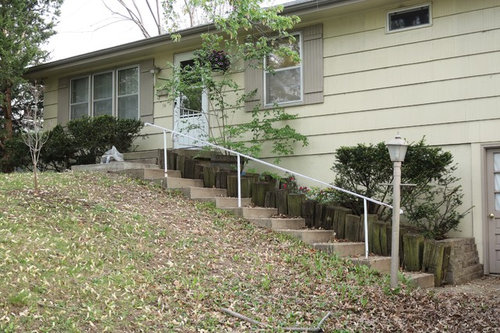

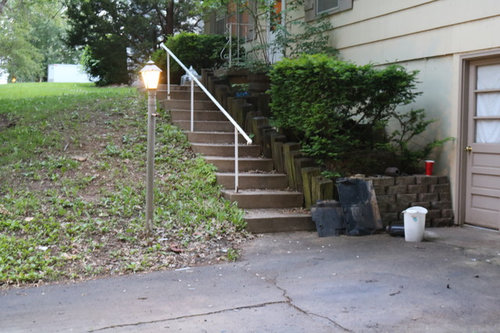

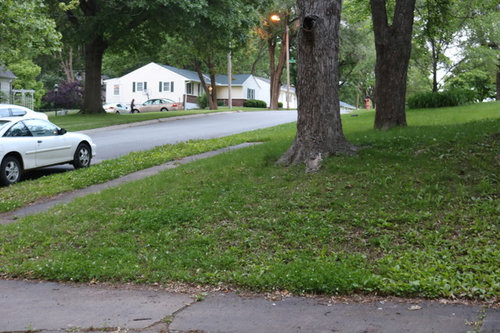
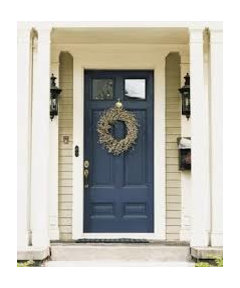


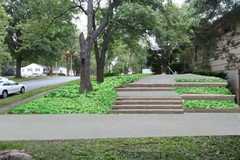


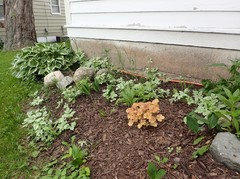

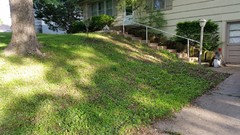
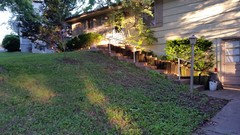

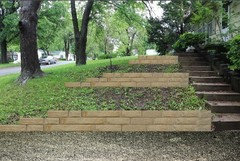
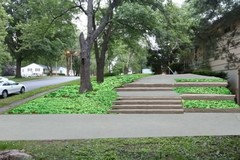
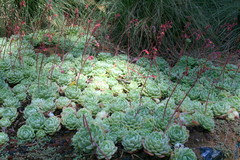
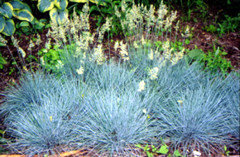

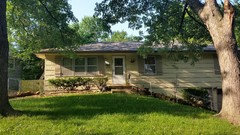


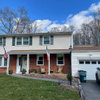
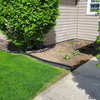
Yardvaark